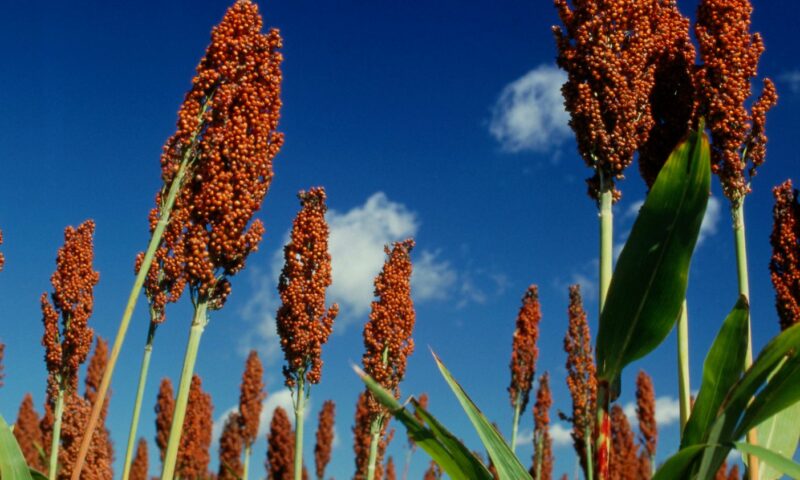By Spy Uganda
Sorghum (Sorghum bicolor) may be the most nutritious food crop you have never heard of. Although it is popular in other countries, sorghum has been slow to catch on in Uganda gardens. This is unfortunate, as sorghum is a highly nutritious food crop that is easy to grow.
Unlike other grasses, sorghum doesn’t grow rhizomes (underground stems that shoot off new roots), and you can rest assured that your plant will not stray out of your designated garden space. This tropical native needs lots of warmth and sunlight, but it is not as fussy about water as the other plants in your vegetable garden.
Starting Sorghum From Seed
Sorghum plants are heavy feeders, and they need large amounts of nitrogen to thrive. To provide it, work some compost into the soil before planting sorghum seeds. After tilling, plant sorghum seeds 1 to 2 inches deep, leaving 10 to 15 inches between plants. Drop three or four seeds into every planting hole.
Cover your seeds with soil and then gently water them. After they sprout, thin your seedlings to at least 8 inches apart if necessary.
When Should You Plant Sorghum?
Because it thrives in the summer heat, there is no rush to get your sorghum planted early in the spring. Some gardeners wait until May and even June to plant sorghum. Sorghum provides the highest yield in areas where the daytime temperature reaches at least 80 degrees Fahrenheit. If you can get there, 90 degrees is even better.
Soil, Sunlight and Water Recommendations for Sorghum
Ideally, sorghum prefers soil with a pH of 5.5 to 6.5 that drains well. Imperfect conditions are not a deal-breaker, however, and sorghum will tolerate overly wet soil better than most other grain crops. Sorghum can also survive drought by going dormant, but it is best not to push your plants to either extreme. Instead, strive to provide 3 to 4 inches of water every 10 days.
Sorghum likes full sun and lots of nitrogen. Even if you added compost to your soil before planting, fertilize your sorghum with a nitrogen-rich fertilizer six weeks after planting.
Although it is not an issue when your plants get older, young sorghum plants do not compete well with weeds. Mulch around your plants to keep weeds down and then weed by hand or with a hoe as needed. If you are using a hoe, do so carefully because digging too deeply can damage sorghum roots. Hoe lightly and keep the tool shallow.
How to Harvest Sorghum
Sorghum matures and is ready to harvest about 120 days after planting. Plants are ready when the seeds grow firm enough to resist being dented by your fingernail.
To harvest sorghum, cut the head off the plant with a sharp knife and then lay it out to dry. When you do this, be sure to choose an area that is protected from birds and rodents. You don’t want them to eat your sorghum before you can do so yourself.
Give the harvested seed heads 10 to 14 days to dry. When they have dried, roll them inside a piece of the screen until the seeds are free of debris.
If you grow sweet sorghum, cut down the canes with a sharp knife about two weeks after the milk stage. During the milk stage, the sticky, white syrup will emerge from canes that you cut and then squeeze. You will see seed heads on the plant at this stage, but they won’t yet be mature.
Strip the leaves from the cut canes and then press them, collecting the light-green juice they emit. You can then cook this juice into a sweet syrup.
Sorghum syrup is ready before the plant’s seeds mature, so you will have to pick one for harvest. If you harvest early for the syrup, use the seeds only for feeding livestock if applicable. You can cook them and eat them, but they won’t be as tasty as mature seeds.




